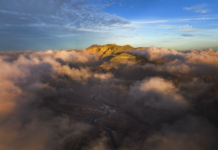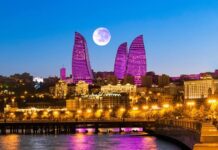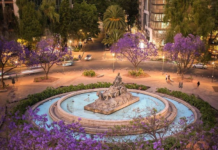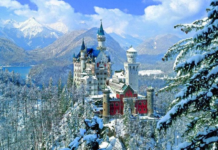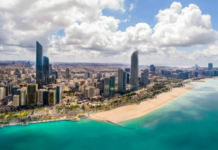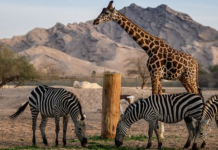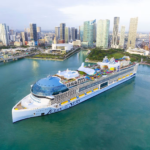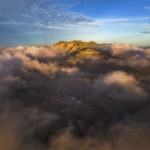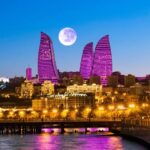There is nothing more beautiful than returning to nature in this age full of technology, and the King Salman Reserve, Saudi Arabia, is a more than ideal spot for this purpose.
King Salman bin Abdulaziz Royal Reserve is the largest royal reserve in the Kingdom of Saudi Arabia. It is located to the north along the Jordanian-Saudi border. It is considered the fourth largest land reserve in the world and the largest in the Middle East.

The reserve extends between four administrative regions: Al-Jawf, Hail, Tabuk, and the northern border. It includes monuments registered with UNESCO, namely the Jubbah region, which date back to more than 8 centuries BC.
The reserve was established by royal order in June 2018. Its Board of Directors is headed by Prince Abdulaziz bin Saud bin Naif, and the membership of six experienced and specialized people nominated by the Council of Royal Reserves.

Within the area of the King Salman Reserve, three former reserves are located: Al-Khanfa, Al-Tabaiq, and Harrat Al-Hurra, with a total area of 130,700 km2. They are distinguished by their raw nature, pure air, geographical and heritage diversity, rare antiquities, and enormous diversity in their geographical nature, as they include fourteen geographical formations of mountains. And plains, plateaus, etc. It also includes six valuable minerals.
Several governorates and villages overlap with the borders of the reserve, including: Qurayyat Governorate and Tabarjal from the Al-Jawf region, and Turaif from the northern border region. While the reserve is bordered by the Tabuk region to the west, Tayma to the southwest, Hail to the southeast, Sakaka and Dumat al-Jandal to the east, and the Jordanian border to the north near Wadi Rum.

The reserve is characterized by great animal diversity, as it includes more than 282 species of animals, ranging from mammals, birds, reptiles, and amphibians.
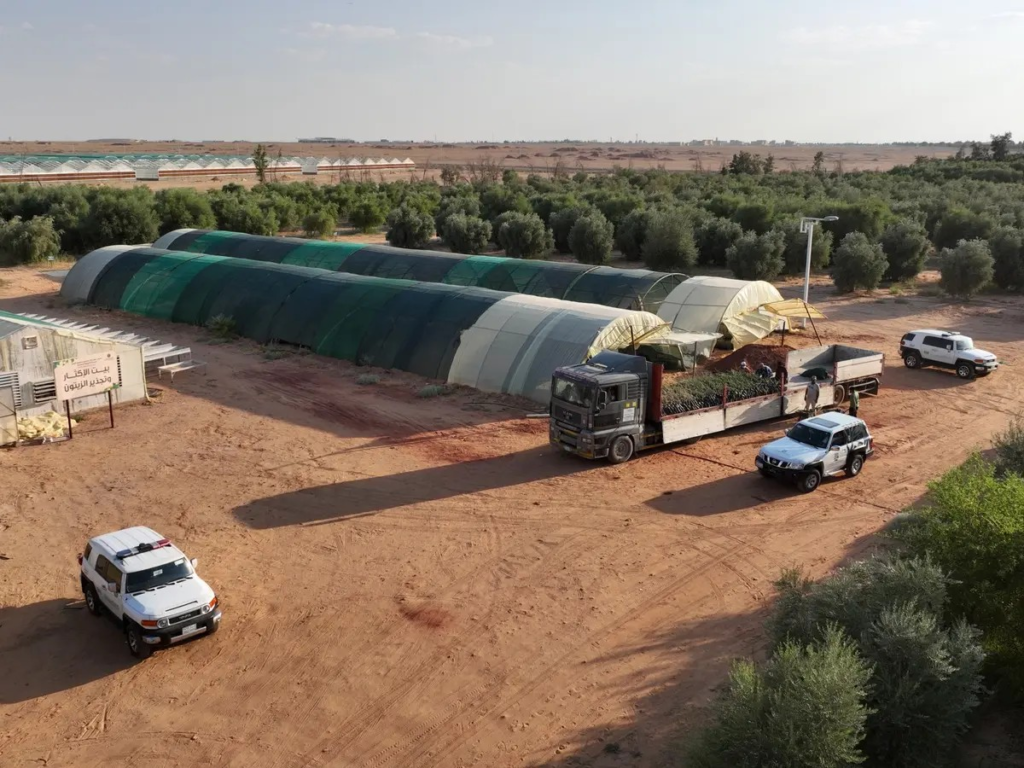
Among the animals found in the reserve are: the sand gazelle, the Arabian wolf, the Arabian fox, the Nubian ibex, the wild rabbit, the bustard, the golden eagle, the curlew, the red fox, the gray wolf, the sand cat, the desert hedgehog, the Egyptian fruit bat, and the peregrine falcon.

As for the vegetation cover, the plants in the King Salman Royal Reserve play an essential role in recycling nutrients and maintaining the environmental balance of the region, as the reserve includes more than 450 species of plants, including: acacia, bramble, thorn, tarfa, saprophytic, artemisia, dung, and ramth, Al-Athir, Qaysum, and wormwood.

In addition to this richness in fauna and flora, the reserve includes a history that extends for thousands of years, where ancient human civilizations existed in a chronology of up to 12,000 years, from ancient times such as the era of Ad, Thamud, and Madian, through the pre-Islamic and medieval Islamic eras until the modern era.
This is in more than 400 archaeological sites, the most prominent of which are Jubbah, Kilwa, and Qasr Kaf. It is also a tourist site par excellence, as it includes more than 14 diverse geographical formations, including volcanic craters, sand dunes, valleys, mountains, and high altitudes.


